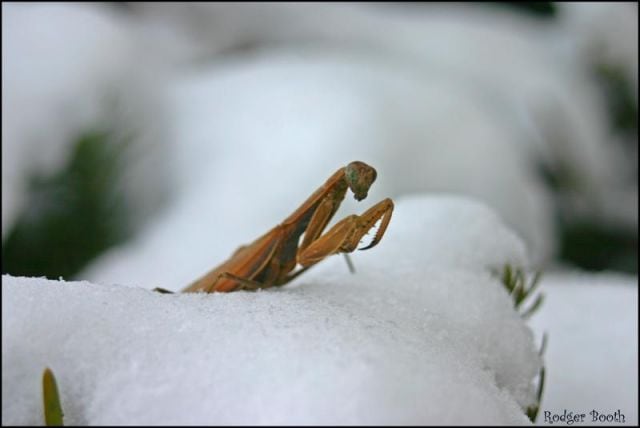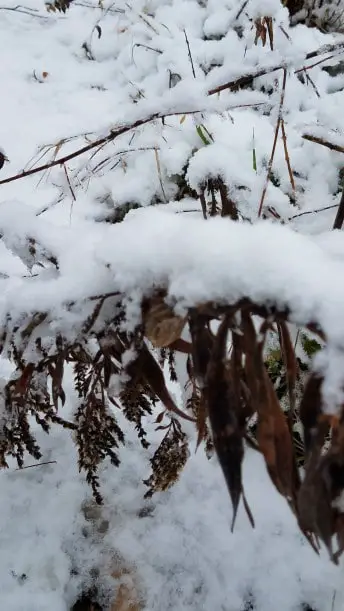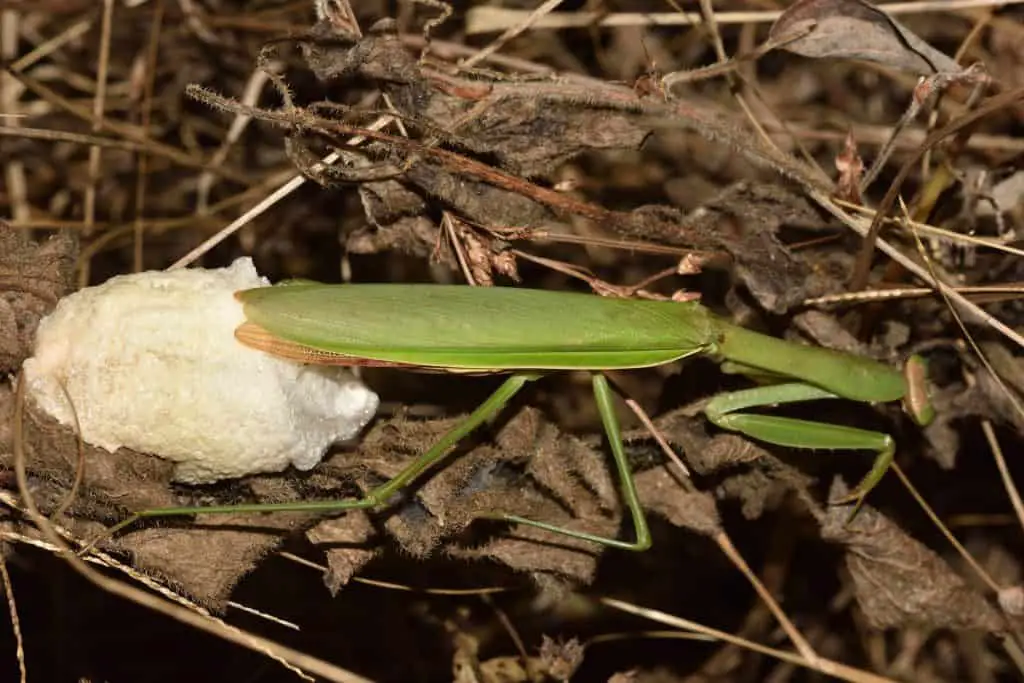As winter settles in, the natural world undergoes a remarkable transformation. Amidst the cold and harsh conditions, we often wonder how different creatures manage to survive. In the case of praying mantises, these fascinating insects have their own unique strategies for braving the winter months. From reproductive adaptations to seeking shelter, they employ remarkable tactics to ensure their survival in the face of freezing temperatures. In this article, we delve into the intriguing question: What do praying mantis do in the winter? Join us as we unravel the mysteries of mantis hibernation, exploring their hibernation habits, adaptations, and emergence into the new spring season. Prepare to discover the hidden world of mantis winter survival and gain a deeper appreciation for the resilience of these remarkable insects.

Preparing for Winter: Mantis Reproduction and Egg-Laying
As winter approaches, praying mantises engage in a critical stage of their life cycle, gearing up for the challenging months ahead. Reproduction takes center stage in their winter survival strategy, as female mantises select mates to ensure successful mating. Following this crucial step, the focus shifts to a remarkable process: egg-laying.
During the late autumn, female mantises meticulously deposit their eggs in carefully chosen locations. These egg cases, known as oothecae, exhibit a distinctive frothy substance that gradually hardens over time. By attaching these protective structures to vegetation, branches, or other suitable surfaces, female mantises provide their developing eggs with a shield against the harsh winter elements.

The timing of egg-laying is crucial, as it allows the eggs to enter a period of dormancy called diapause, enduring the frigid temperatures and inhospitable conditions of winter. Through this remarkable adaptation, the dormant eggs remain safely nestled, patiently awaiting the arrival of spring. The careful selection of egg-laying sites and the precise timing of this reproductive process are vital for ensuring the survival and successful hatching of the next generation of mantises.
While adult mantises may not survive the winter, their dedication to reproduction ensures the continuation of their species. The dormant eggs hold the promise of new life, poised to emerge and continue the mantis life cycle when the icy grip of winter loosens its hold. This extraordinary process of reproduction and egg-laying showcases the remarkable resilience and adaptability of praying mantises as they navigate the challenges of the changing seasons.
Do praying mantis hibernate?
Praying mantises do not hibernate, nor do they have the ability to survive the winter months. Their lifespan, which typically ranges from six months to a year, is too short for them to endure the harsh conditions of winter, even in controlled home environments. Instead, mantises focus on reproduction before the arrival of winter, ensuring that the next generation will have a chance to thrive come spring. As the colder months approach, adult mantises will ultimately succumb to the changing weather and die. Their dedication to reproduction ensures the continuity of their species, allowing new mantis offspring to hatch and continue the life cycle when the warmth of spring returns.

Frequently asked questions
If you found this article interesting, don’t hesitate to share it on social media!
May interest you
Do praying mantis bite human?
Can you pick up a praying mantis? How to hold it?
Are praying mantis poisonous?
One prevalent question that surrounds these enigmatic insects is “are praying mantis poisonous?”. In this article, we will delve into the world of praying mantises to uncover the facts behind…